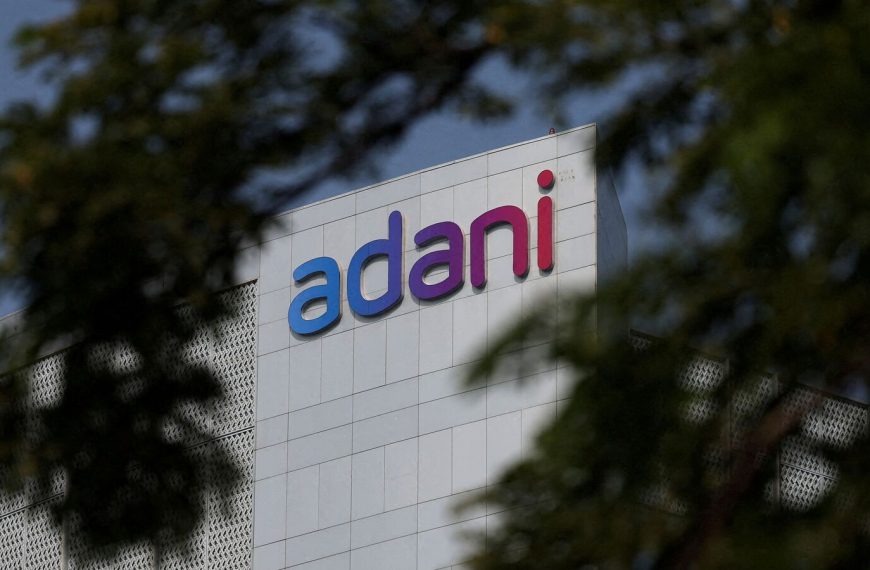The unfolding trade war poses significant implications for the Indian economy and its markets. As the United States tightens its grip on major global suppliers, the ripple effects are likely to usher in a deflationary environment that, while favorable for consumers, may hinder domestic businesses. As we delve into the potential outcomes, it’s clear that the ramifications for India’s economic growth, particularly in exports, could be profound.
Trade War Impacts on India’s Economic Landscape
The trade tensions have already shown signs of weakness in Indian exports, registering a mere 0.1% year-on-year growth for FY25. This stagnation hints at a troubling trade balance, which could pull India’s GDP growth below 6.5% in FY26. The likelihood of increasing exports to the U.S. appears slim, pushing India to navigate a challenging economic terrain.
- Export Growth: 0.1% YoY in FY25
- Projected GDP Growth: Less than 6.5% in FY26
Domestic Consumption as a Buffer
Despite these challenges, there’s a silver lining. Domestic consumption in India is poised for a substantial uptick, which could help mitigate the adverse effects of the trade war. This shift may present a unique opportunity for investors looking for a hedge against global uncertainties.
India’s Manufacturing Prospects
With China facing its own set of challenges, there is a growing narrative of "Sell China, Buy India." Initiatives like ‘Make in India’ and the Production Linked Incentive (PLI) scheme could position India as a viable alternative for manufacturing. However, India still grapples with scale and business efficiency compared to China, which may hinder its ambitions.
- Initiatives: Make in India, PLI Scheme
- Challenges: Scale and ease of doing business
Market Gains and Earnings Growth
Looking ahead, market performance will likely hinge on earnings growth. Though moderate gains seem probable, the consensus suggests a potential cut in earnings estimates, leading to single-digit growth in FY25. The Nifty index reflected a modest 4.5% return in FY25, and investors should brace for increased competition and cautious optimism.
Adjusting Investment Strategies
In a climate of uncertainty, it may be wise to adjust equity exposure. Focusing on large-cap stocks with favorable valuations could be a prudent strategy, while small and mid-cap investments should be directed towards companies with clear earnings visibility. Given the current geopolitical landscape, companies serving domestic markets may stand out as leaders.
Gold’s Role in a Volatile Market
Gold has emerged as a safe haven, particularly with central banks ramping up their purchases over the past three years. The World Gold Council notes that 2024 will be the third year in a row where central bank demand exceeded 1,000 tonnes, significantly surpassing the 473 tonnes annual average from 2010 to 2021.
- Central Bank Purchases: Over 1,000 tonnes for three consecutive years
- Long-Term View: A balanced asset allocation is recommended
Future Economic Indicators
As we look to the future, the impact of tariffs remains uncertain. Earnings growth will be closely tied to domestic consumption patterns, which could provide a clearer picture in the coming months. Sectors such as banking may offer attractive valuations, although the effects of rate cuts on net interest margins will need to be monitored.
Growth and Inflation Dynamics
After experiencing a sluggish period post-elections, economic activity appears to have bottomed out. While the government projects growth at 6.5%, a more realistic expectation might hover around 6.2% – 6.3%. With CPI inflation moderating to 3.3% in March 2025, the economic outlook is cautiously optimistic, especially with favorable monsoon forecasts.
Anticipating Rate Cuts
The expectation is that the U.S. will negotiate a trade deal, potentially easing tariff burdens. While inflationary pressures may persist in the first half of 2025, the Federal Reserve anticipates a transitory effect on inflation metrics. The Reserve Bank of India (RBI) has also shifted its focus towards facilitating growth, with expectations for rate cuts as inflation falls below 4%.
In summary, while the trade war presents numerous challenges for India, there are also opportunities for growth and adaptation. Investors and businesses alike must navigate this complex landscape with strategic foresight and an eye on emerging trends. For those looking to stay informed, continued monitoring of market dynamics will be crucial in the coming months.











